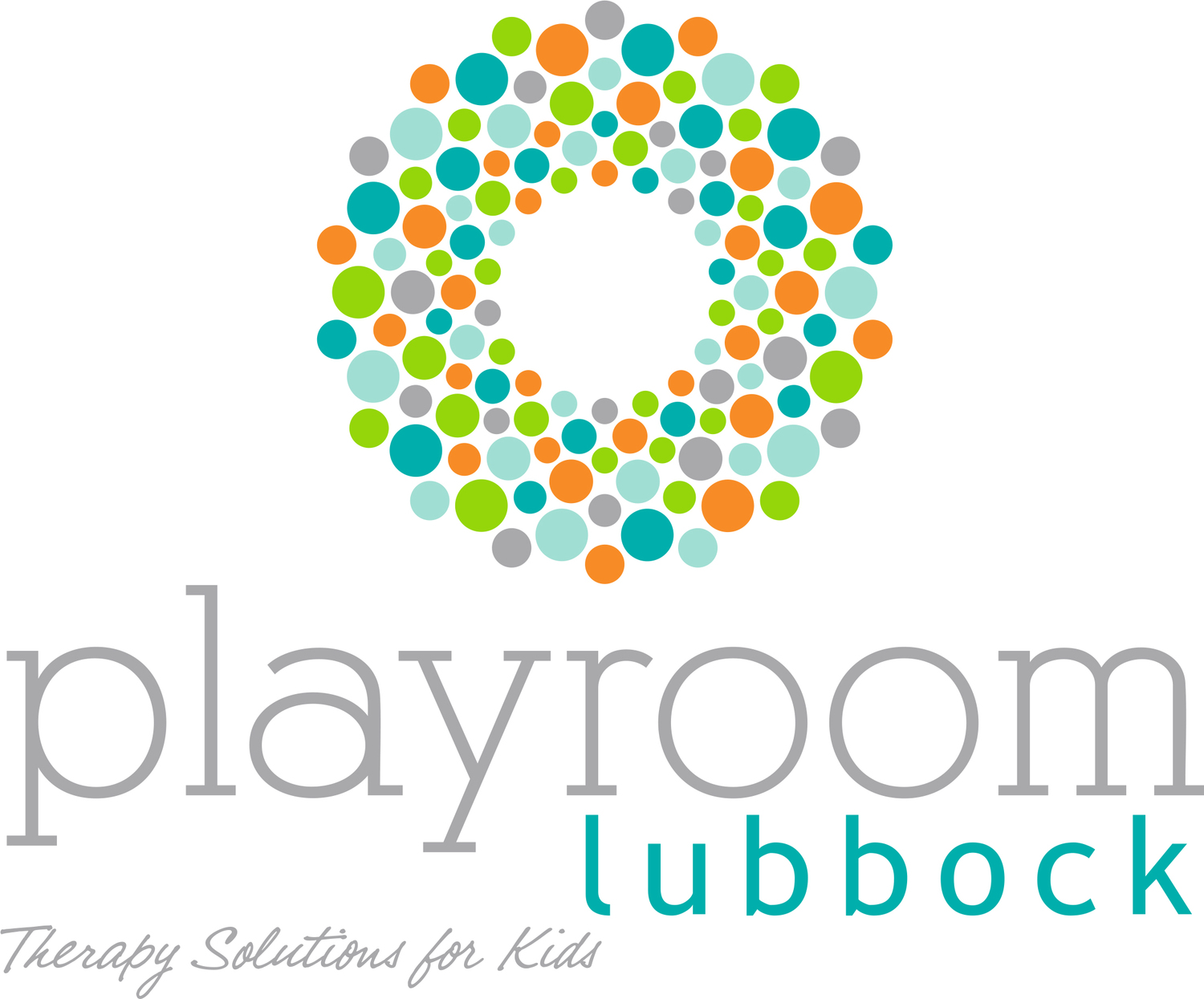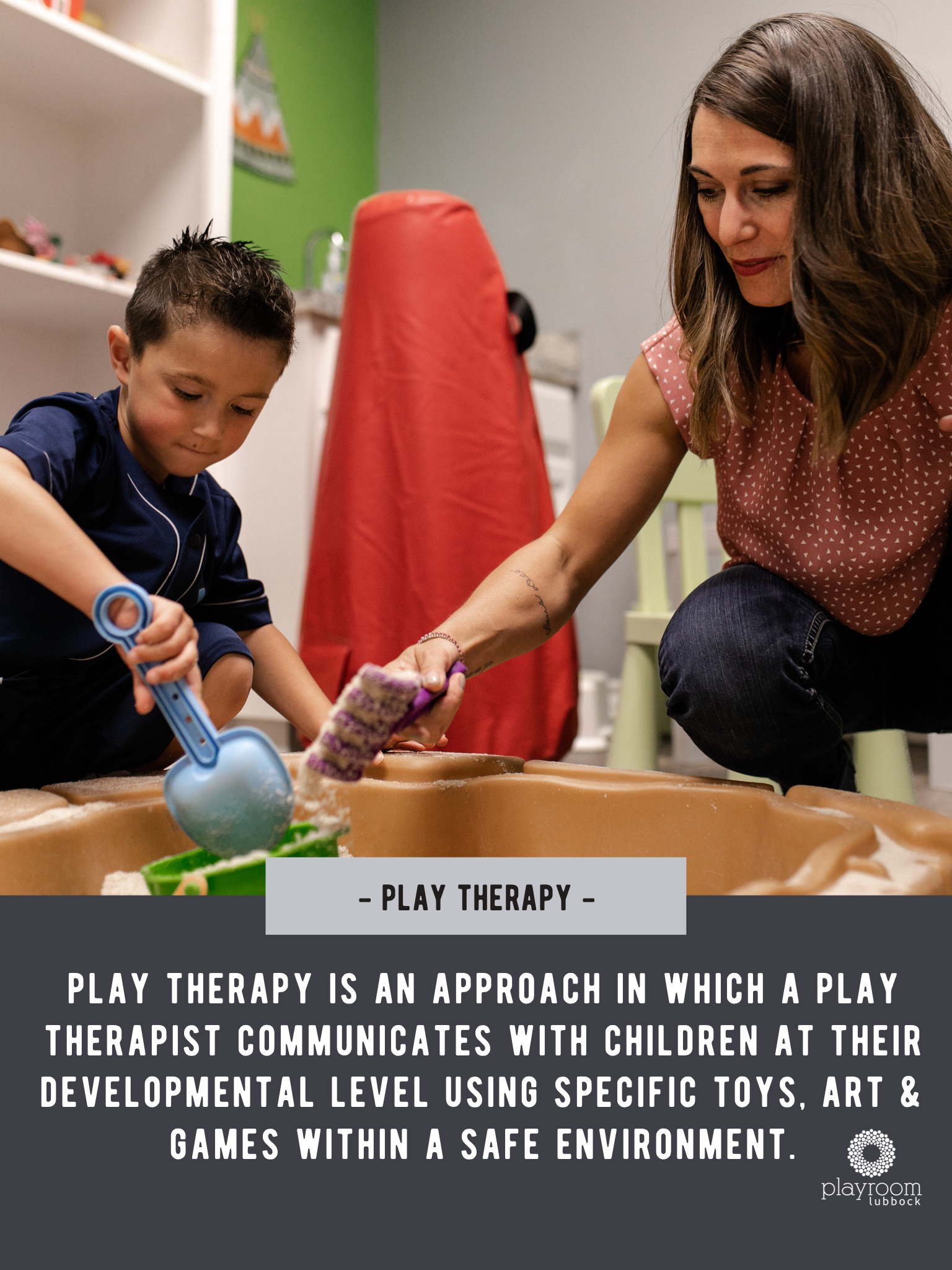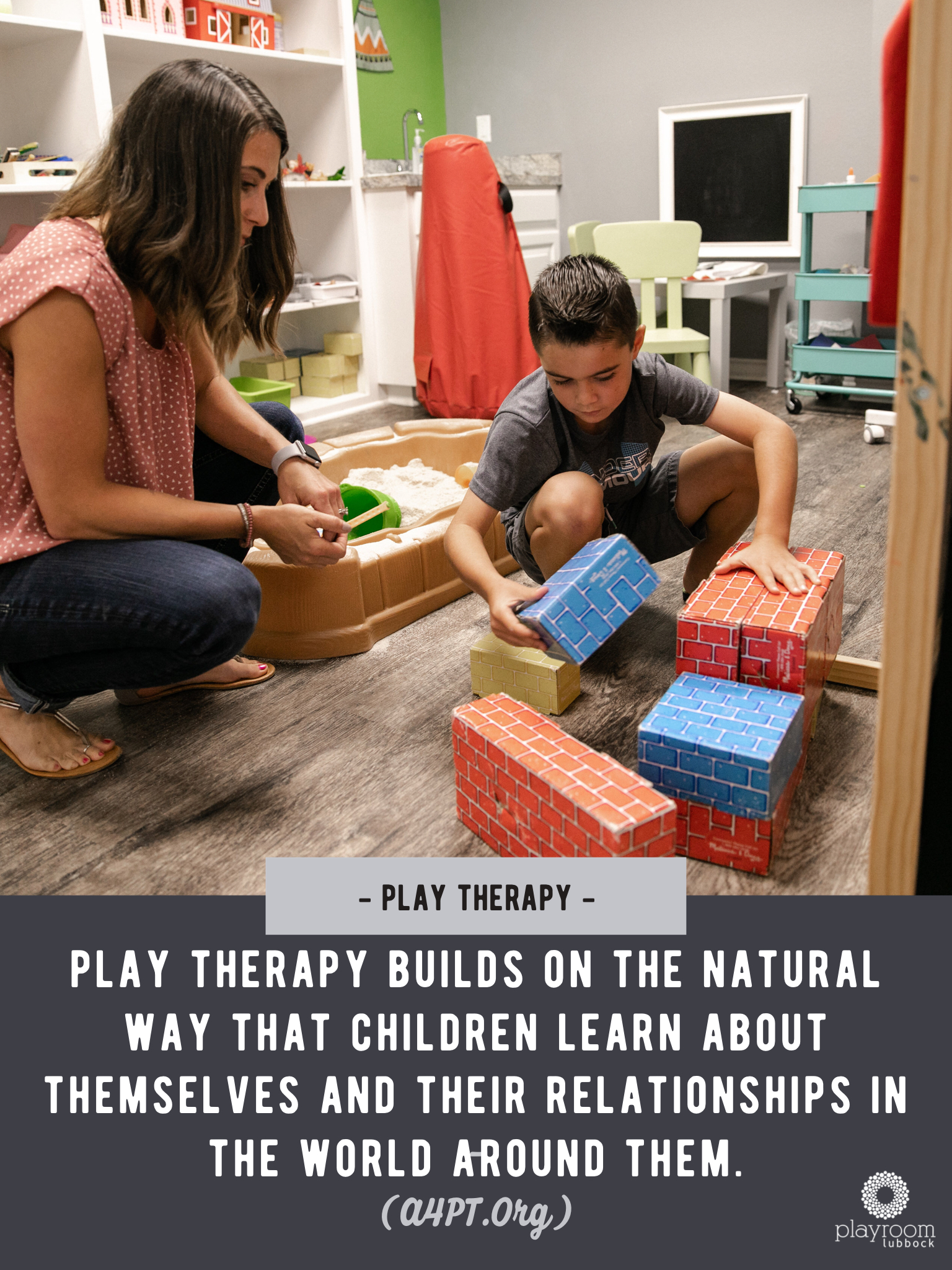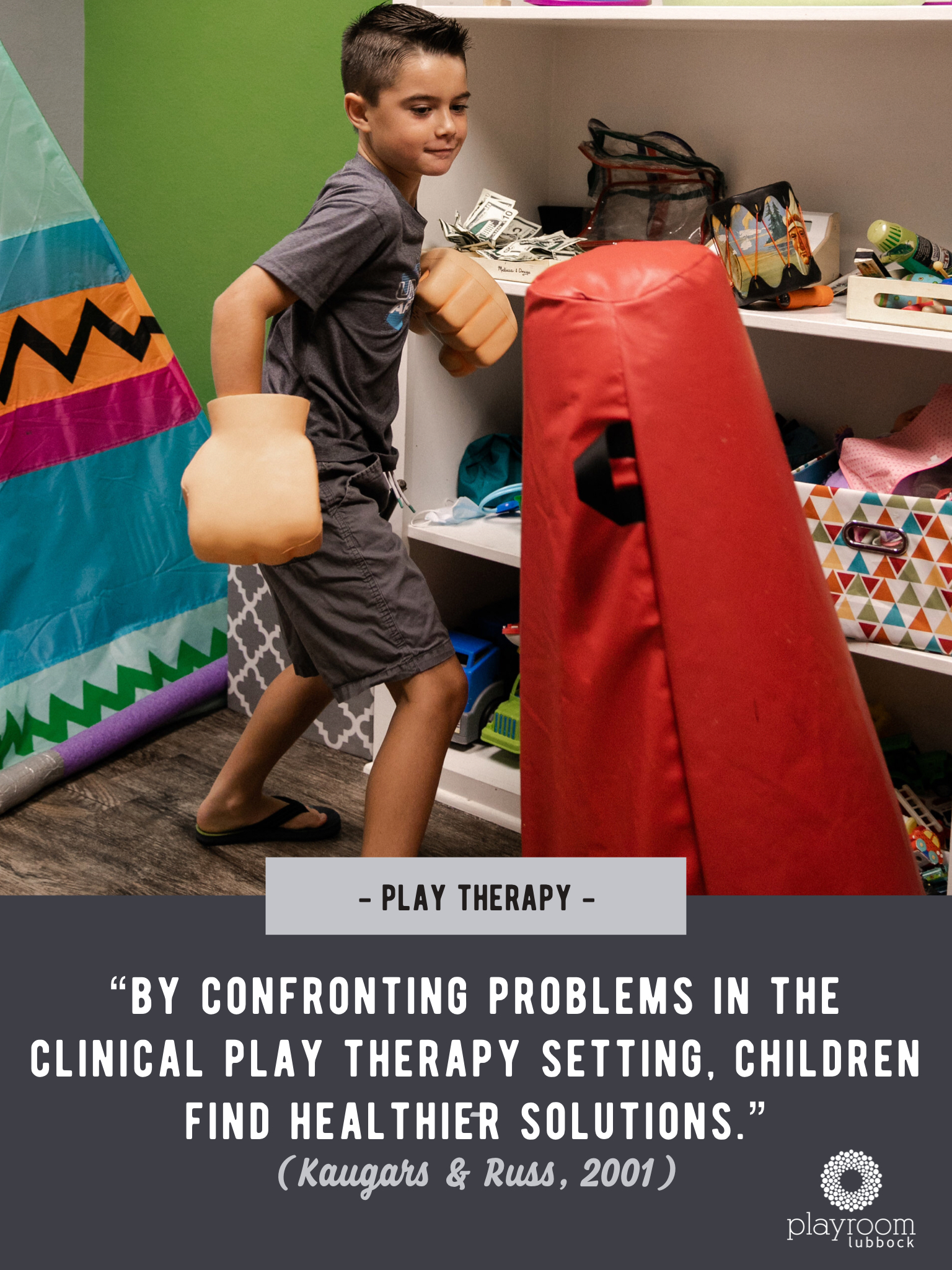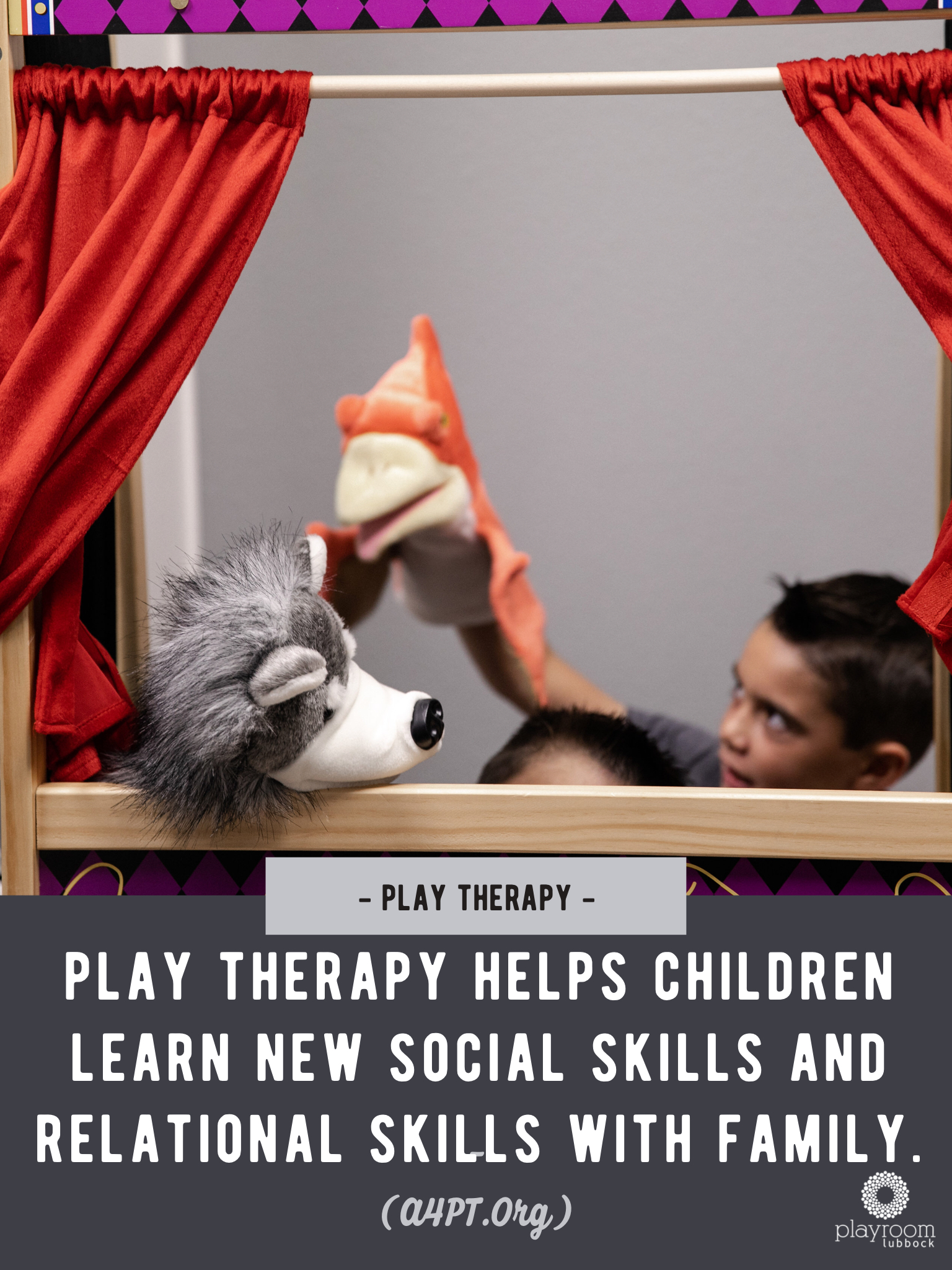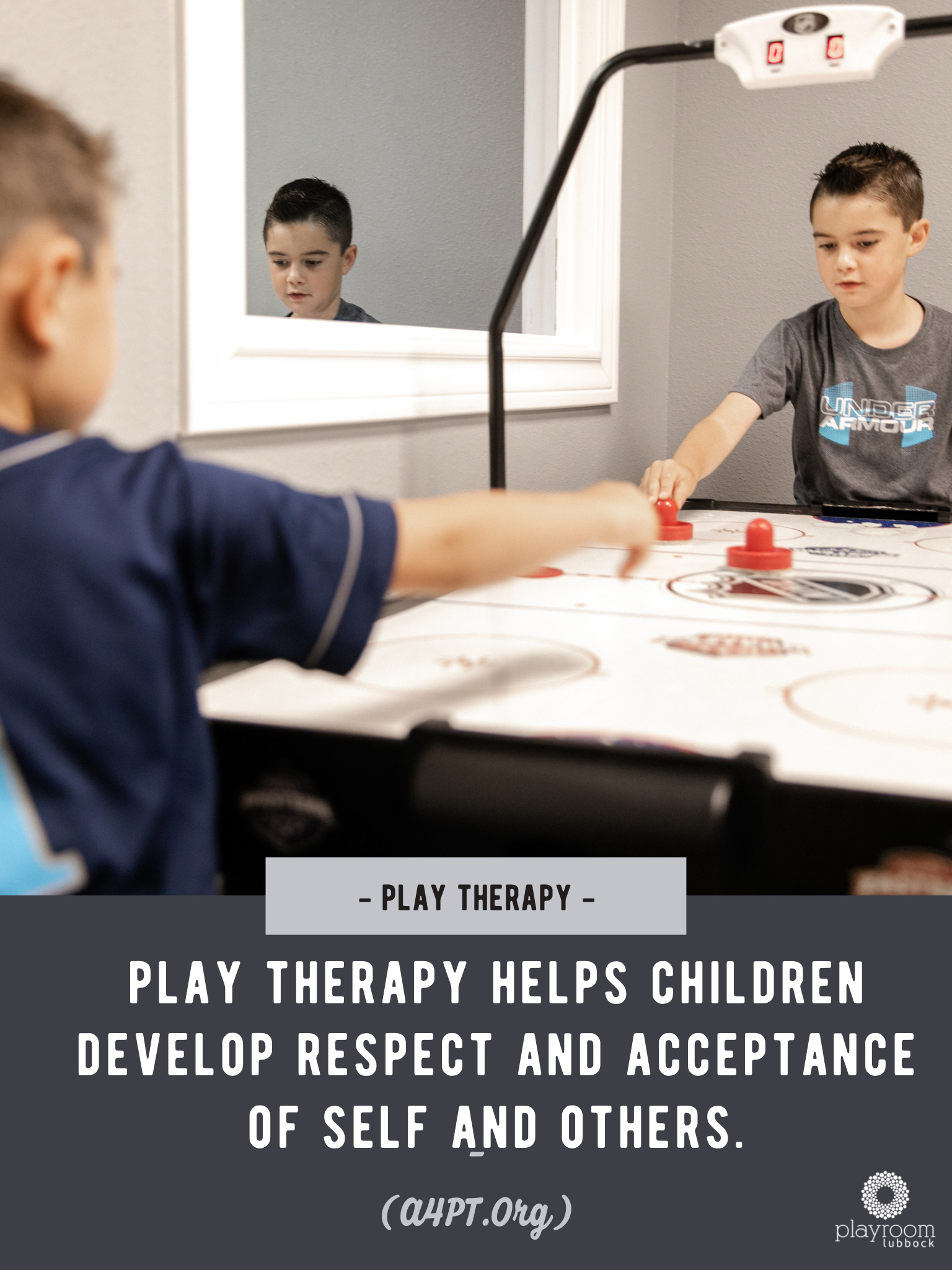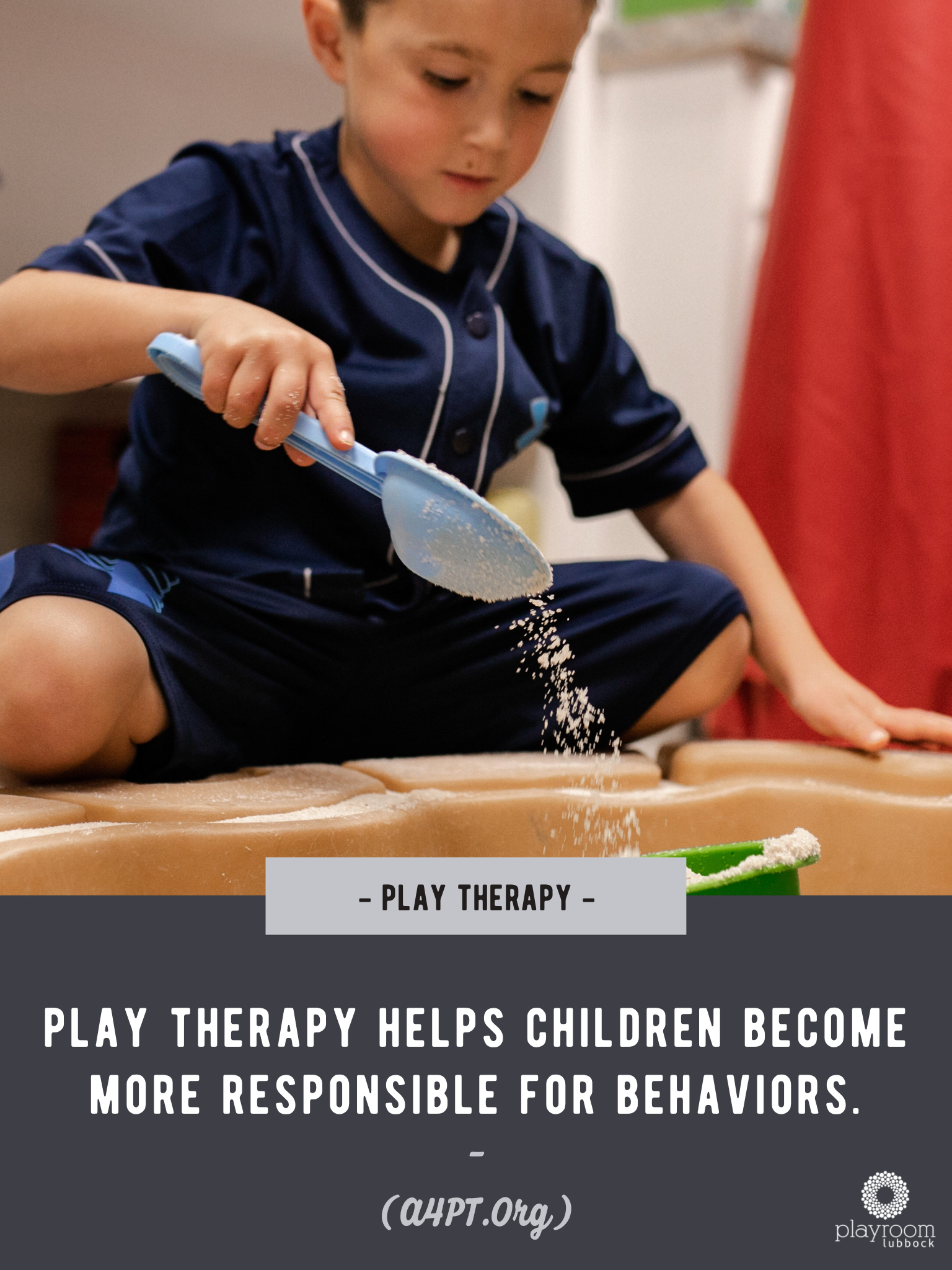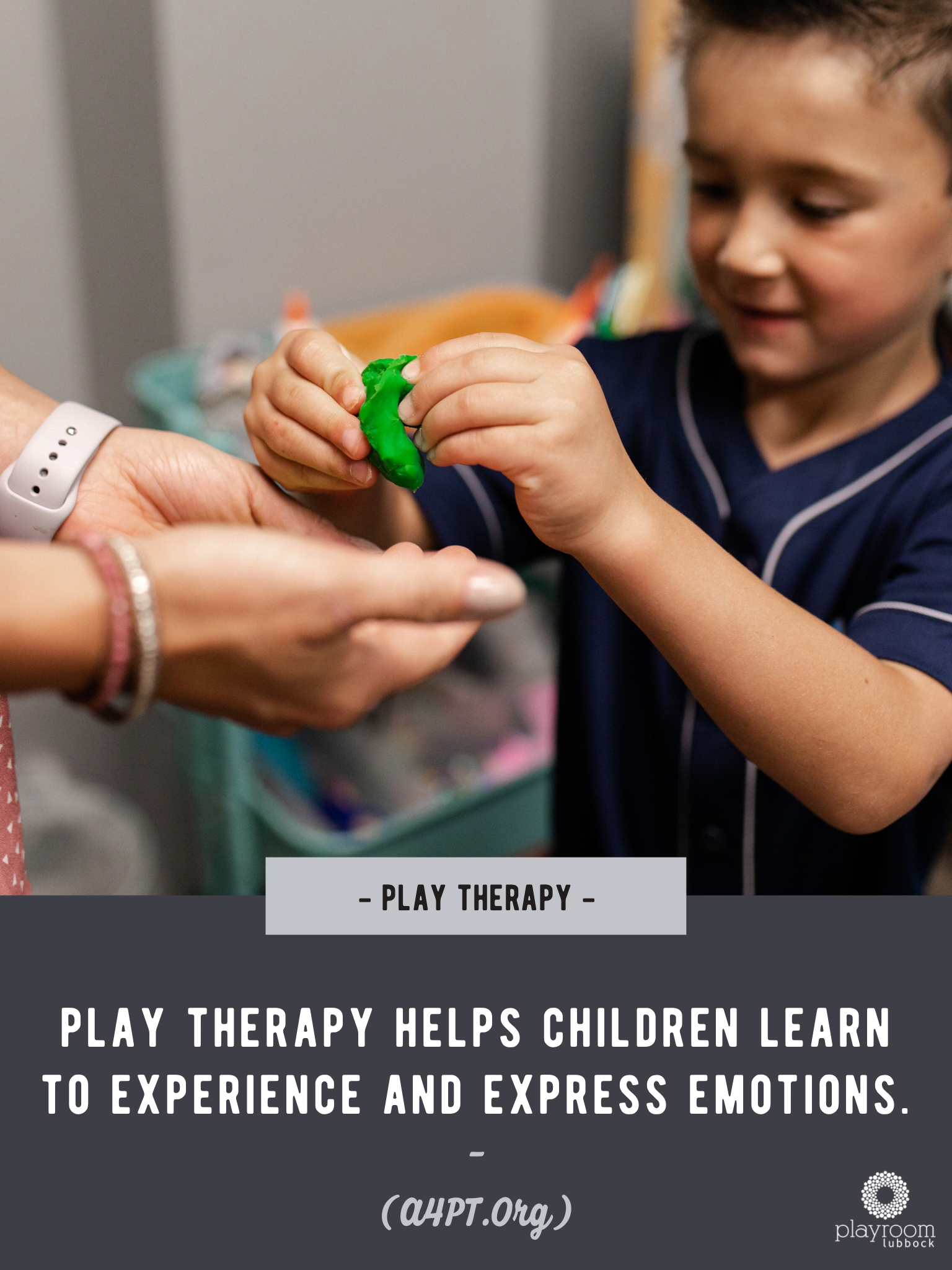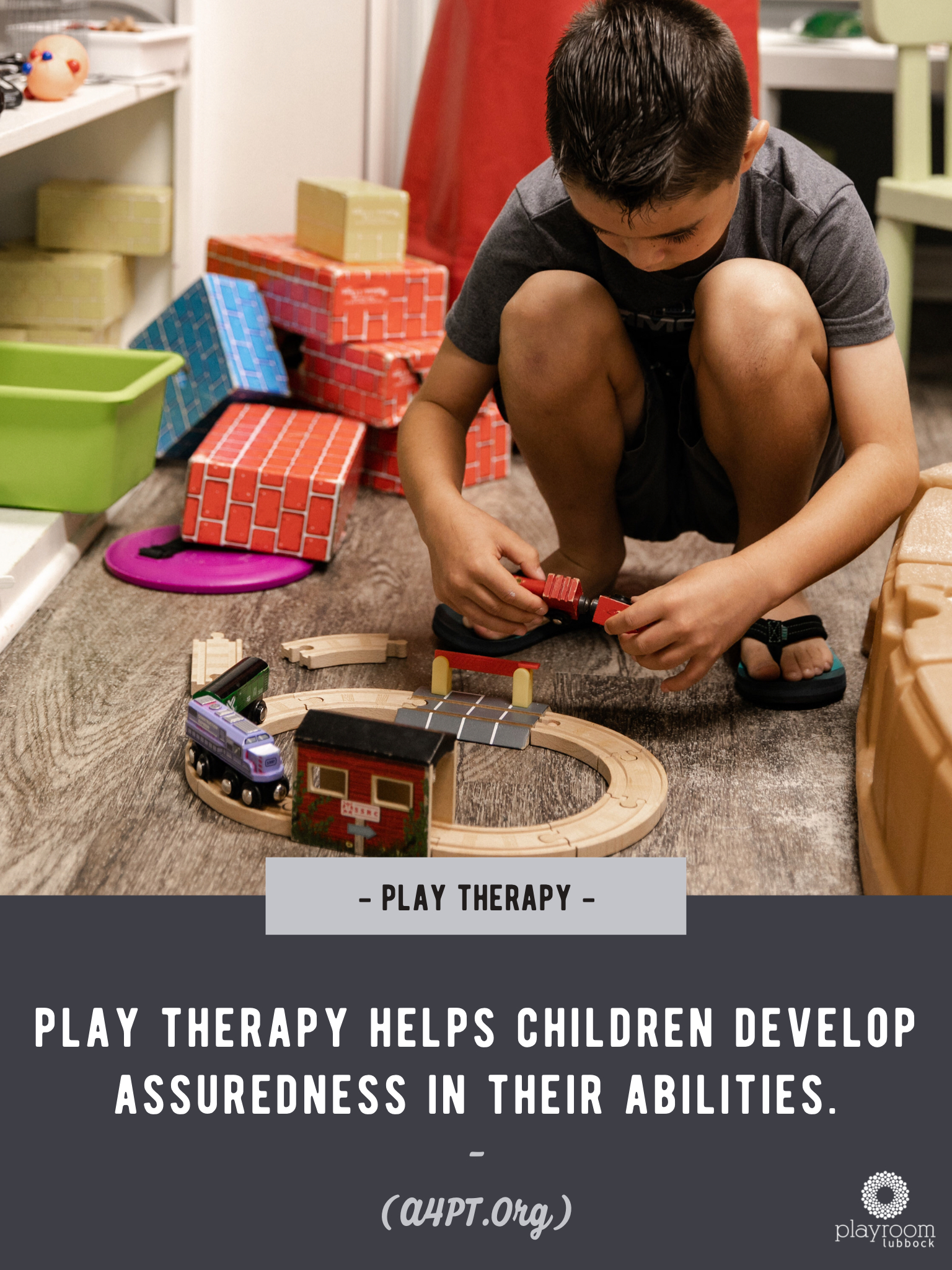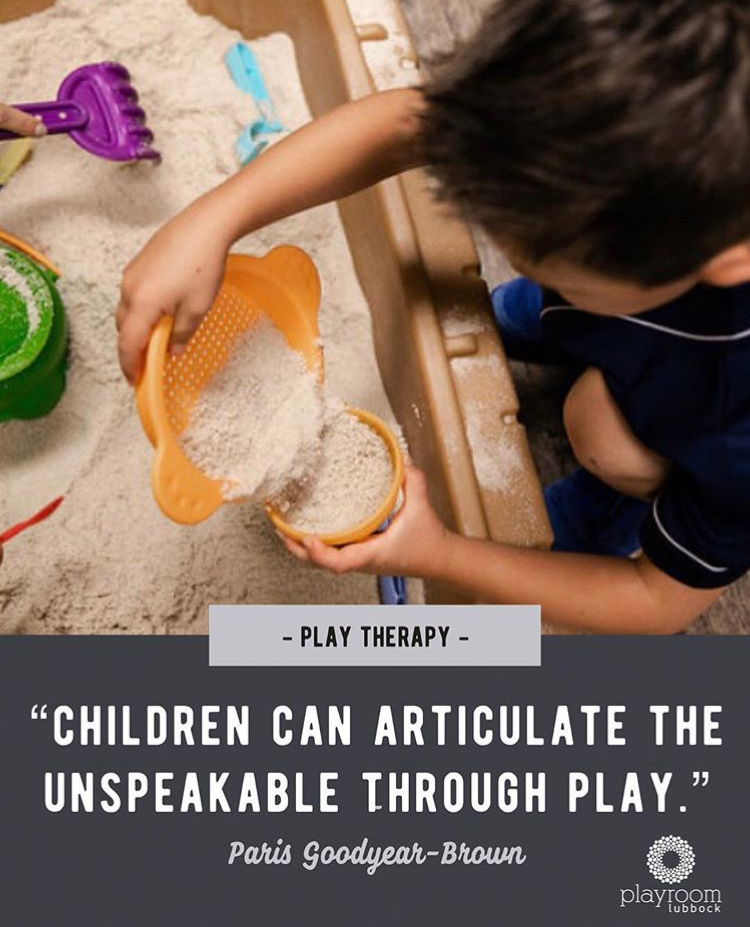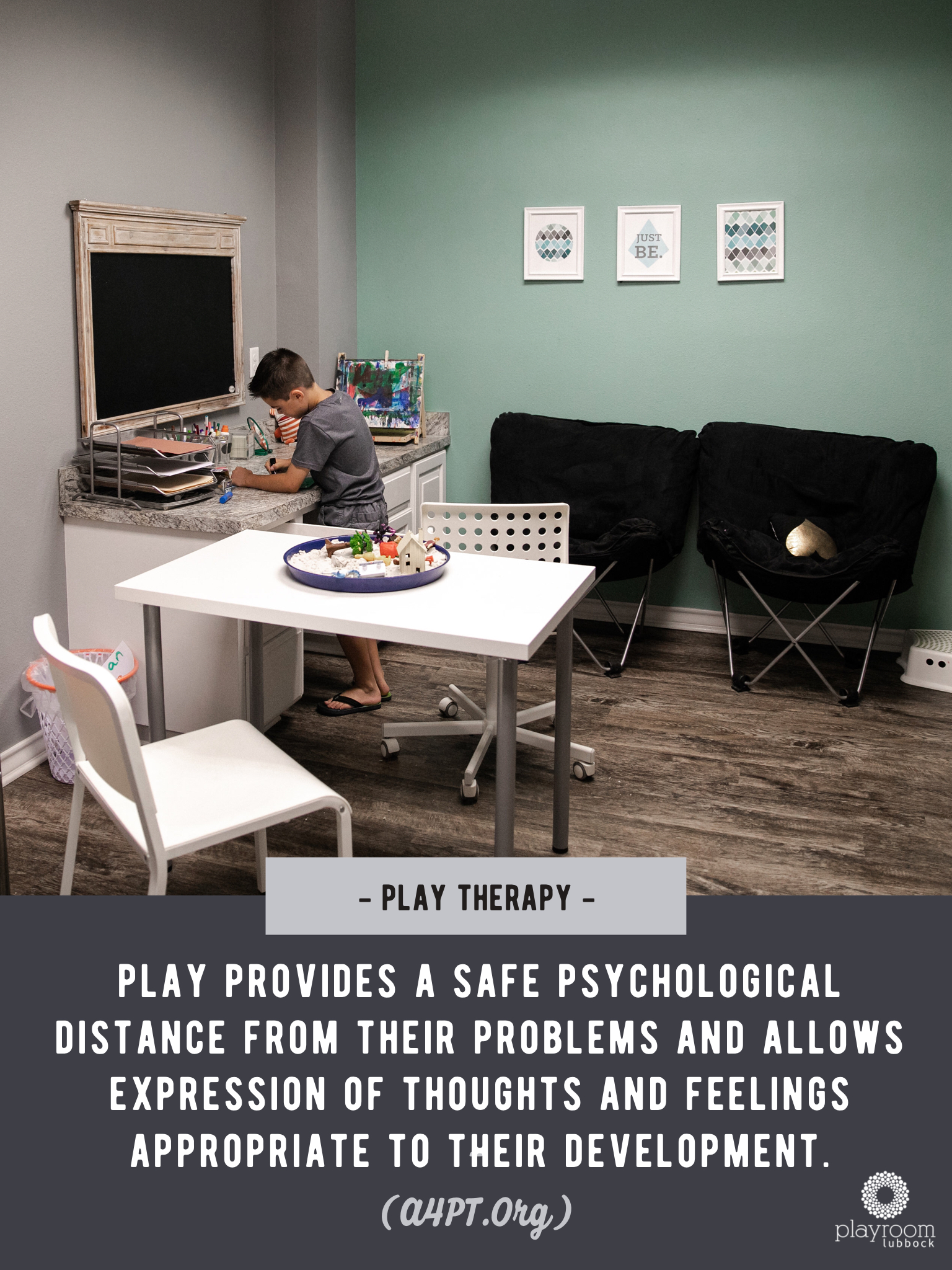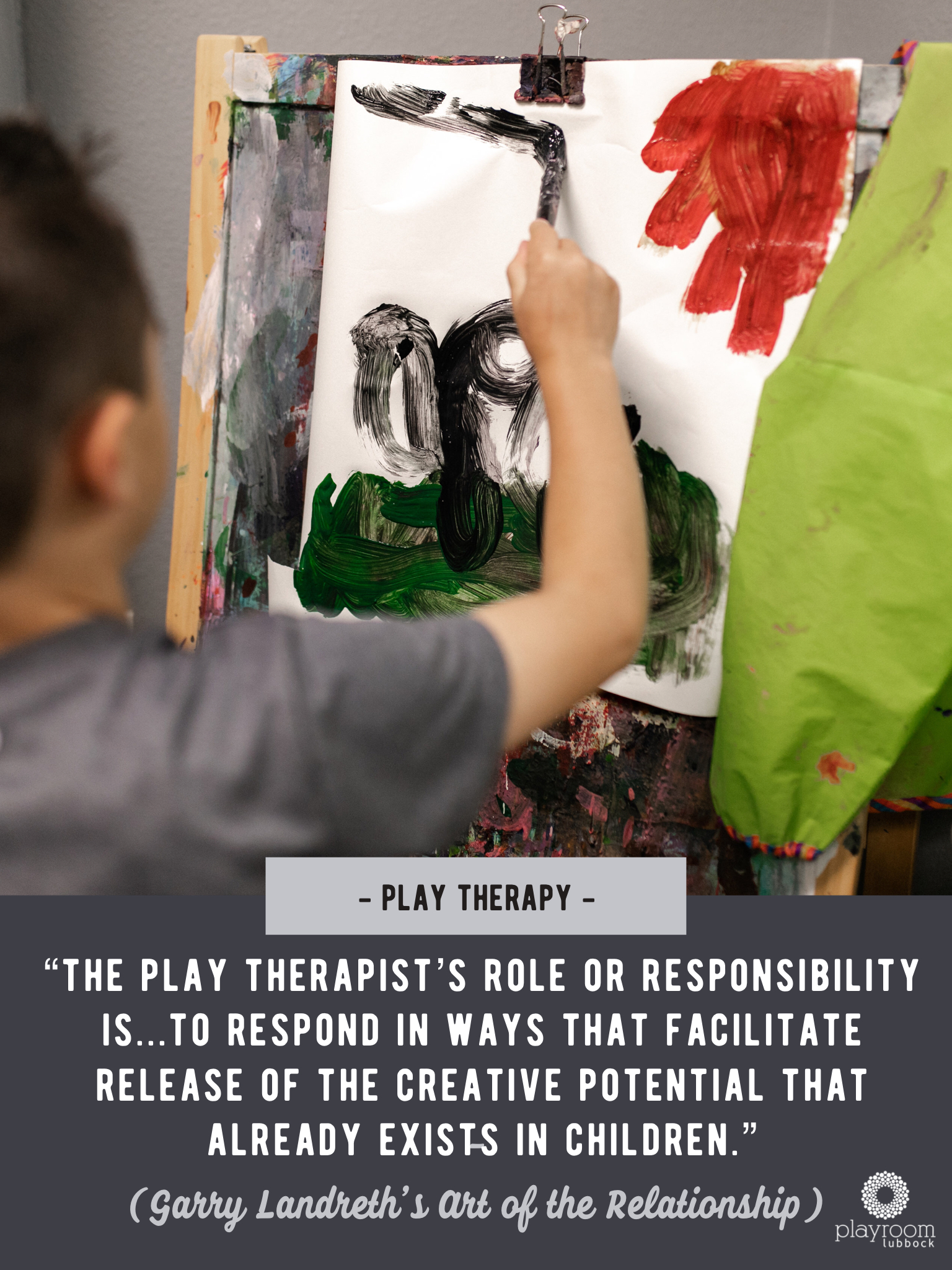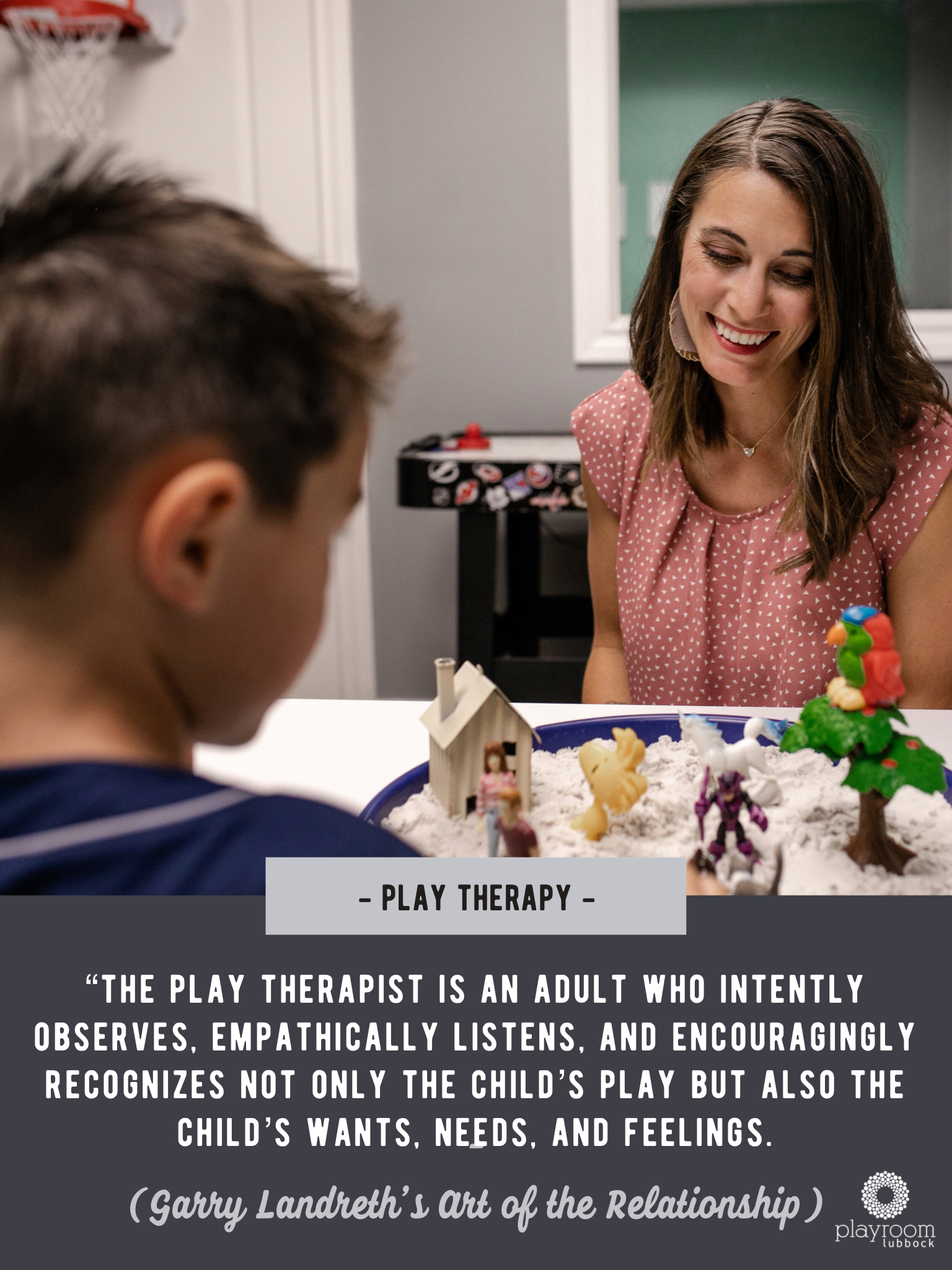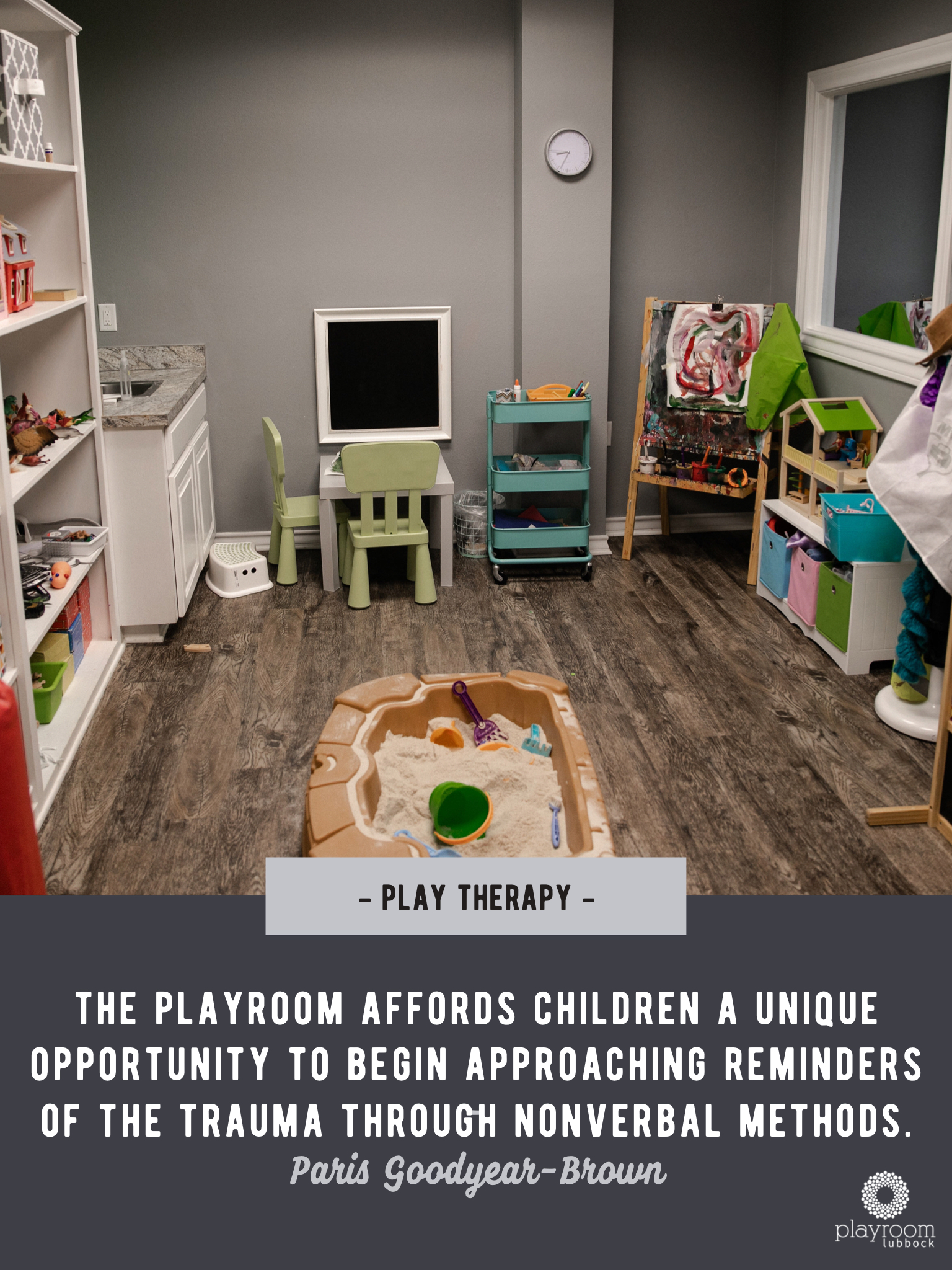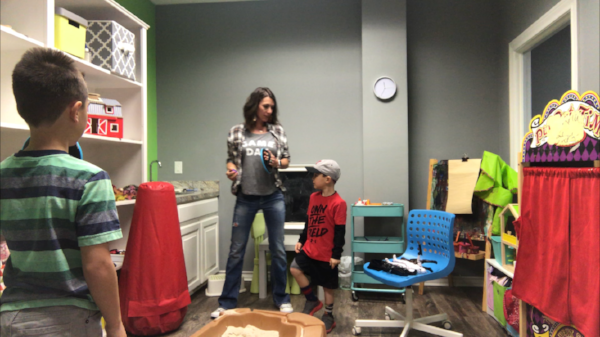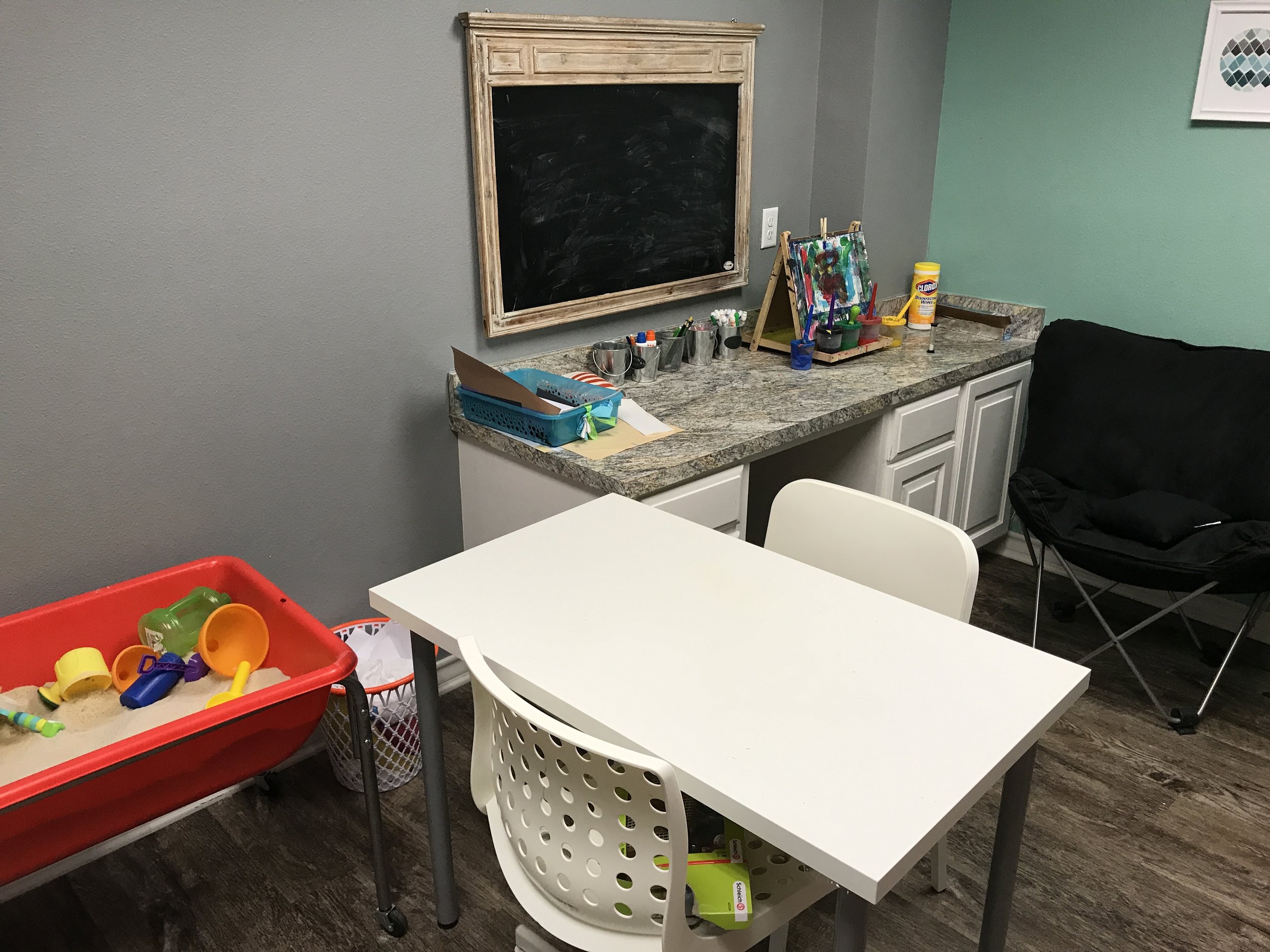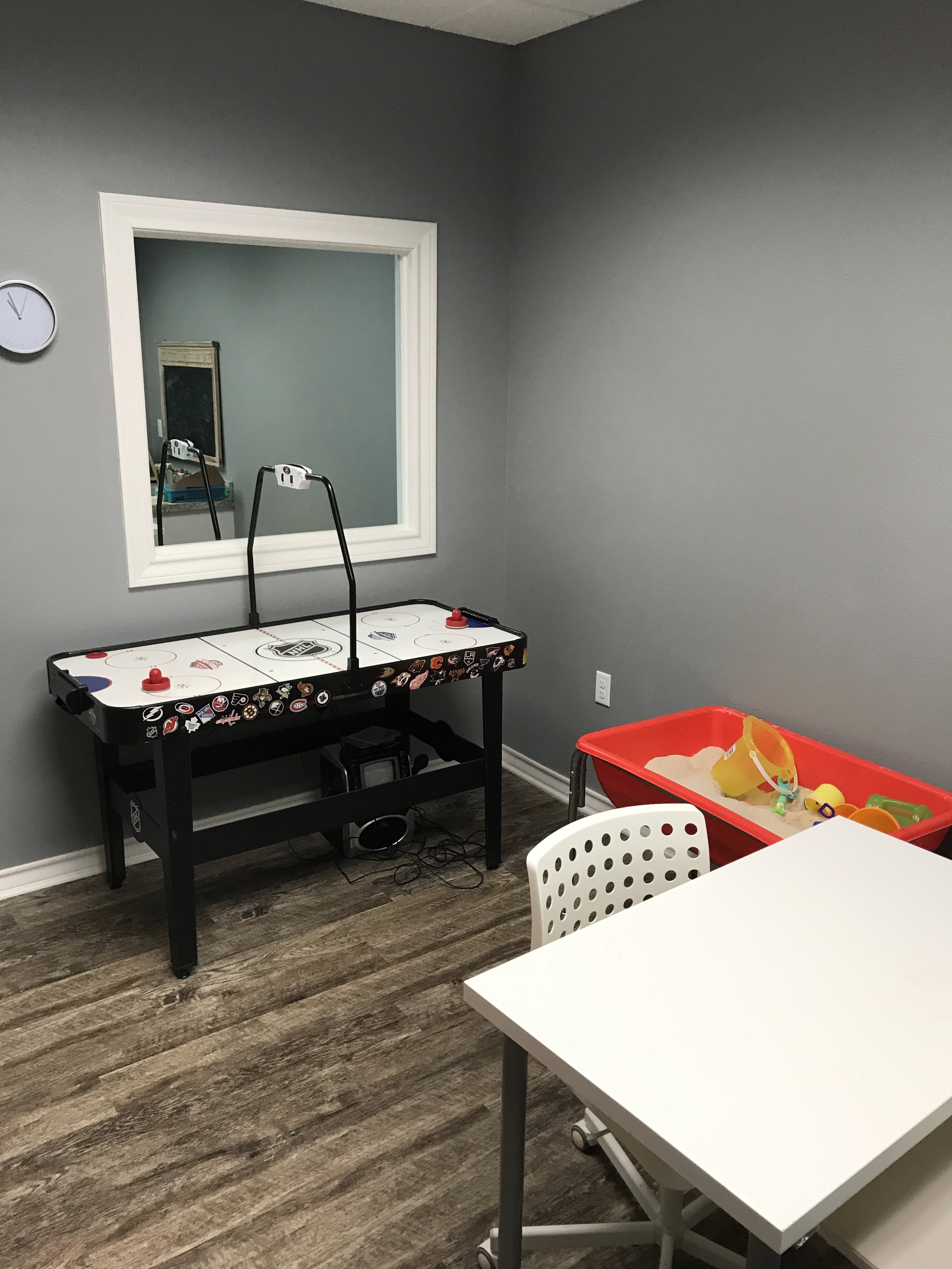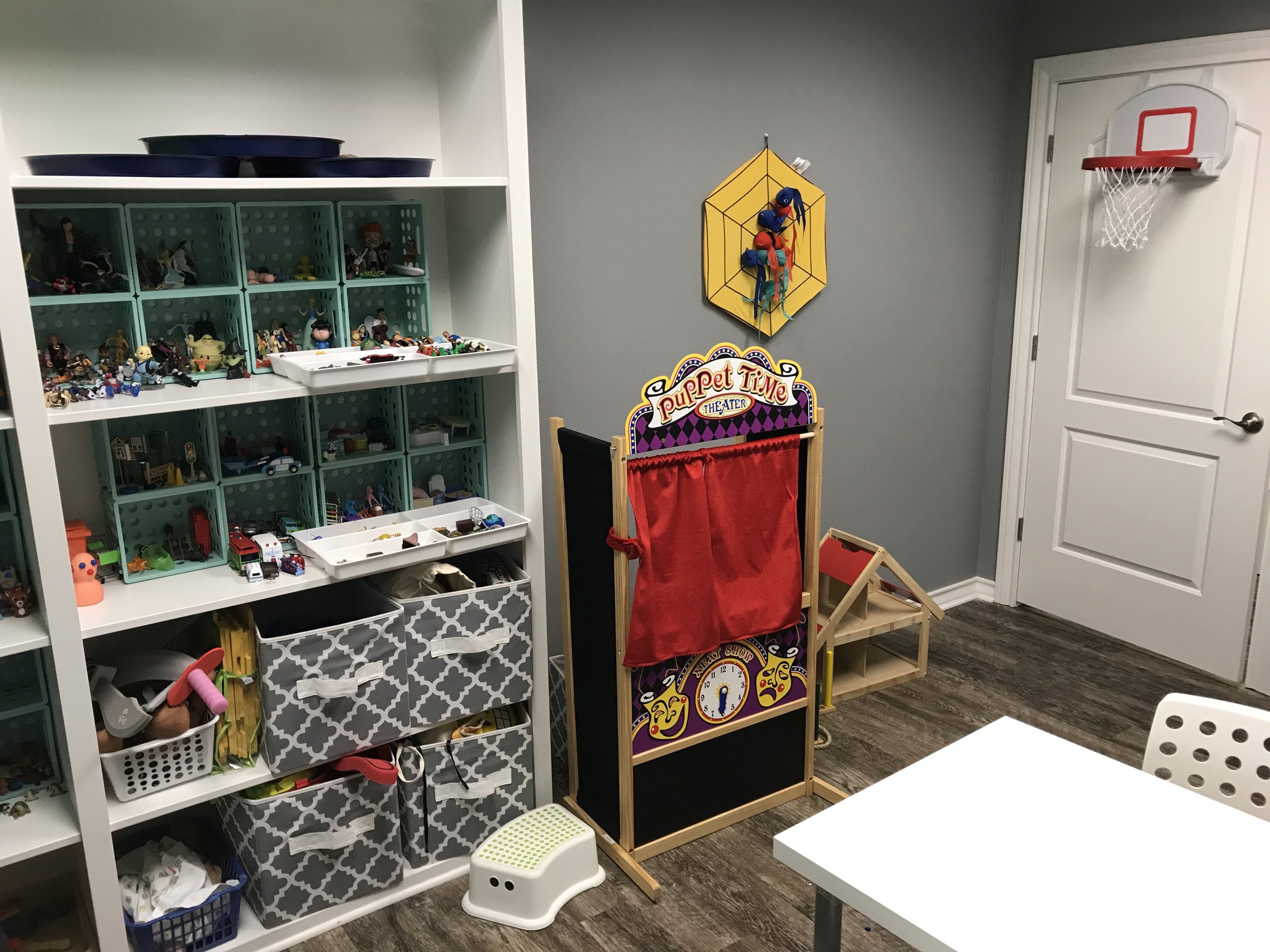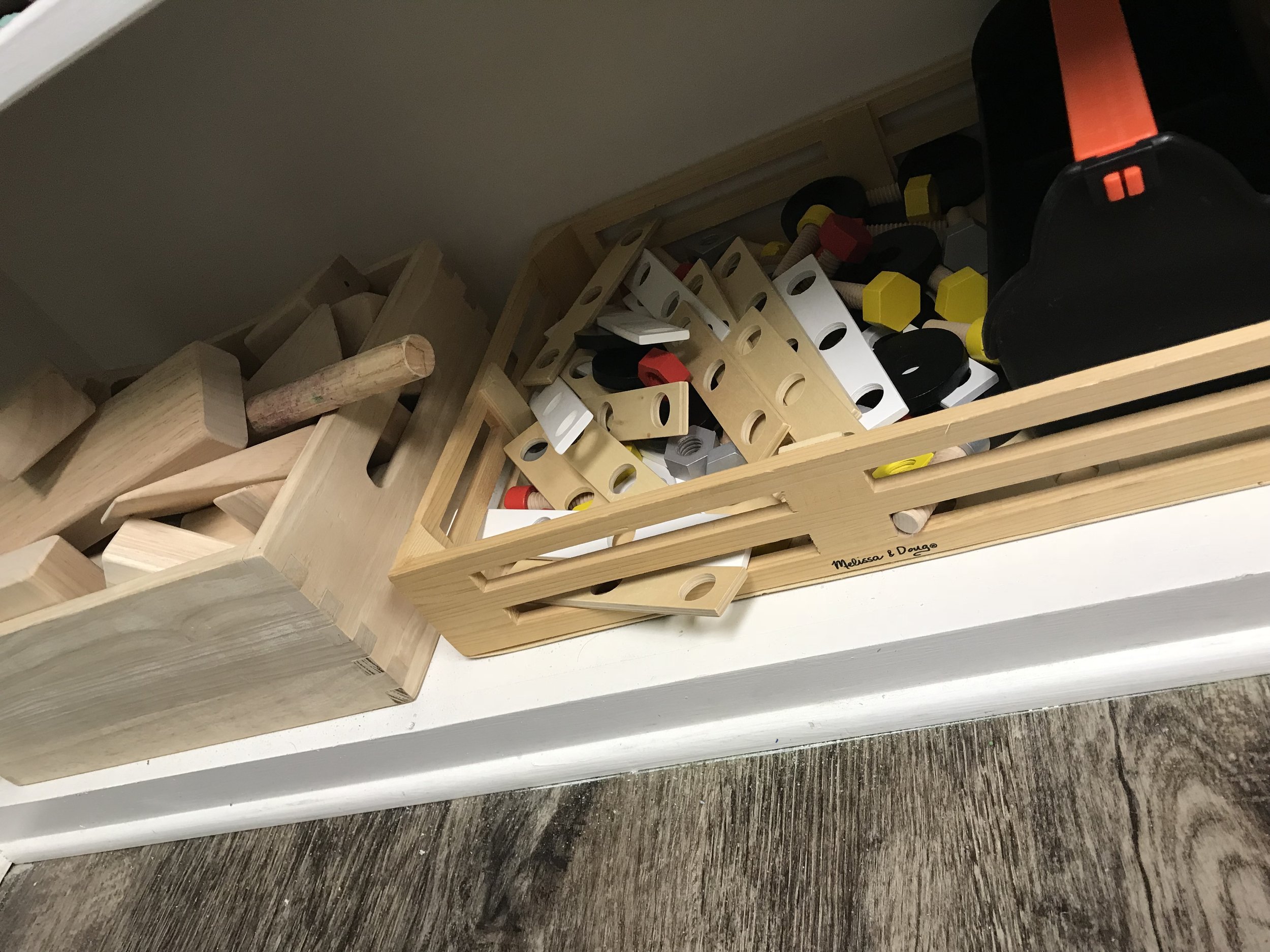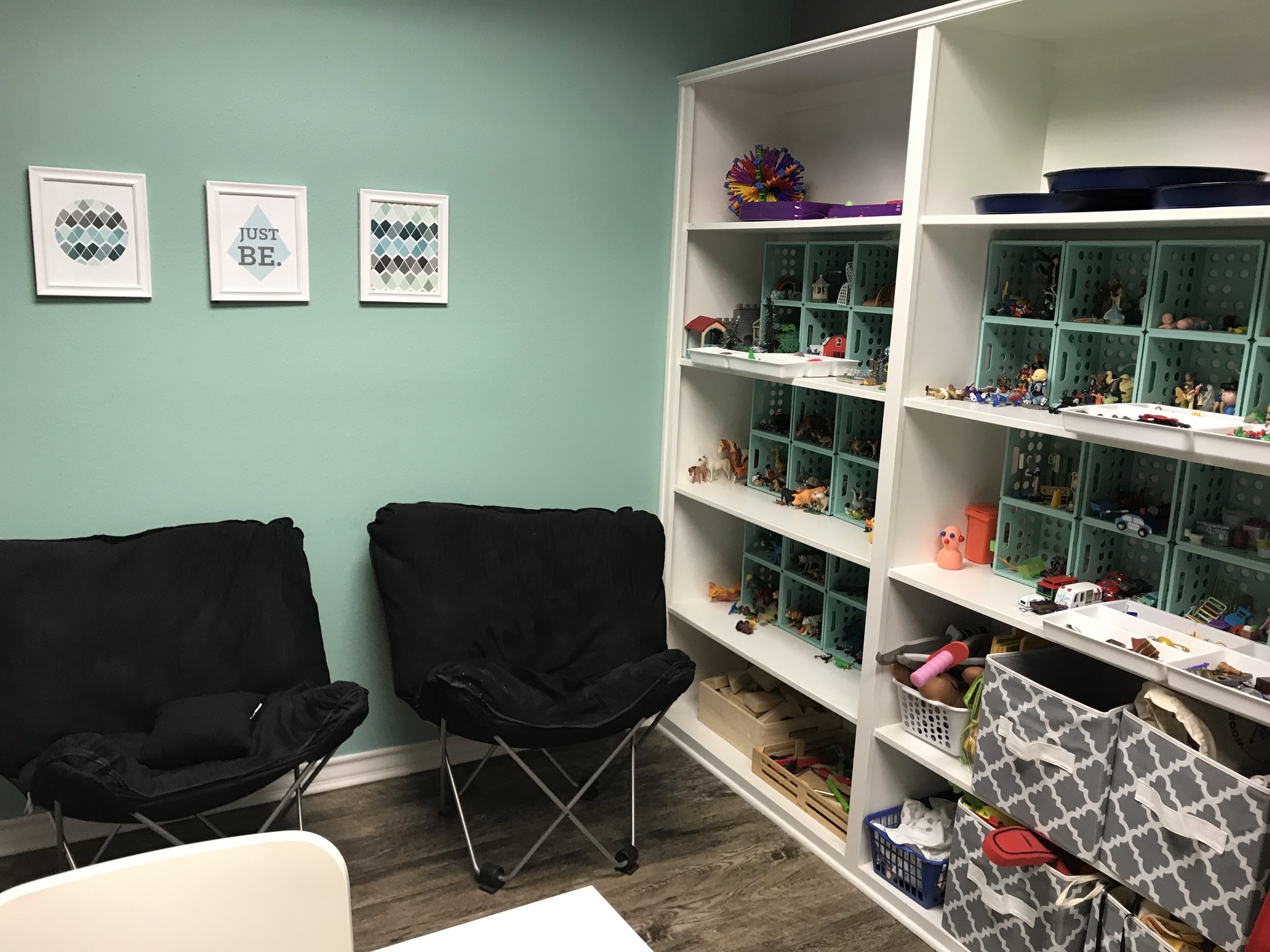During the holidays our schedules and routines change, road trips happen, boredom may settle in, and parents may feel like they are dealing with more behavior hassles rather than focusing on whatever their reason is for the season. Here are some quick tips to implement when there are hassles in the car, at mealtime, at bedtime, and over electronic devices. (Tips compiled from Positive Discipline A-Z by Jane Nelsen, Lynn Lott, and H. Stephen Glen).
Car Hassles
1. If you are having car hassles with the kids, it may be time for some training. Leave plenty of time to get to your destination. When kids start yelling or fighting, simply pull over and wait without saying a word. In this case actions speak louder than words. You've clearly heard loud words coming from the backseat. Mix it up and use your actions rather than trumping the kids' noise level.
2. If the trip is long, make frequent stops so the kids can get out and stretch.
3. Before departing on a trip ask the kids for their ideas that will help make the trip more comfortable and fun for them.
4. Utilize a calm down box in the car when frustrations arise. Items to include in a calm down box could be: headphones, silly putty, stretchy toy, magna doodle, or a pinwheel.
Mealtime Hassles
1. Trust your kids to eat when they are hungry and stop when they are not. Inadvertently interfering in this natural process could plant the seeds for eating disorders.
2. Sit down as a family and eat a meal together--without TV or devices. Engage your kids' help with setting the table or making decorations. Plan with them what they can do to contribute.
3. If kids know it's ok to choose what they will or won't eat, they are less apt to complain.
4. If kids complain about the cooking, simply say it's okay not to eat it, but it hurts feelings when they say they don't like it.
5. Schedule your meal time and communicate what time to your kids. Emphasize sharing stories, visiting, and sharing good feelings.
6. Practice good table manners at a time other than mealtime by making it fun, using humor, and exaggerating.
7. If you see mealtime as a time to make kids eat and to lecture about manners, the kids will probably pay you back with bad manners.
Bedtime Hassles
1. Serious bedtime problems are most often as result of parents engaging in power struggles.
2. It's important for kids to have input, but not to run the family.
3. One reason children seek more attention at bedtime is that they haven't received a good dose of it during the day. Be available.
4. Define an allotted time for the bedtime routine and stick to it.
5. Once it is officially bedtime, it's time for you to get out of the room. If you child gets up, kindly and firmly without talking take your child by the hand to his room. Actions speak louder than words.
6. If you child has developed a habit of manipulation it may take 3-5 nights to retrain bedtime routines.
7. If you have engaged in power struggles, admit your mistakes with your child and learn together how to solve the problem and try the routine a different way.
8. If needed, create a bedtime routine chart with your child of what needs to be done.
9. Use humor or make it a game such as Beat the Clock.
10. Children can learn self reliance instead of manipulation skills or dependence on someone else to help them get to sleep. They can learn to respect a parents' need for time alone.
Device Hassles
1. Involve your children in creating healthy guidelines for the use of electronic devices. Eliminate the "battle" by deciding together, and being kind and firm.
2. Give young children limited choices. For example 1 or 2 shows? Play on iPad for 30 minutes or watch a show for 30 minutes? Play before or after dinner?
3. Notice your own behavior. If you use your device excessively, it will be difficult to convince your kids to limit their time.
4. Help the kids make a list of activities they could do when they feel bored.
5. Talk with your kids about the addictive qualities of TV or devices so they know why you are concerned.
6. Set up a rotation for sharing devices that they can all live with.
Hopefully some of these tips and tricks will ease hassles during the holidays so that you can continue healthy and productive routines. Or perhaps they will kick start your attempt at more healthy routines. Bottom line: children can learn that they don't always get what they want, that it is okay to feel upset about that, and that they will survive.
